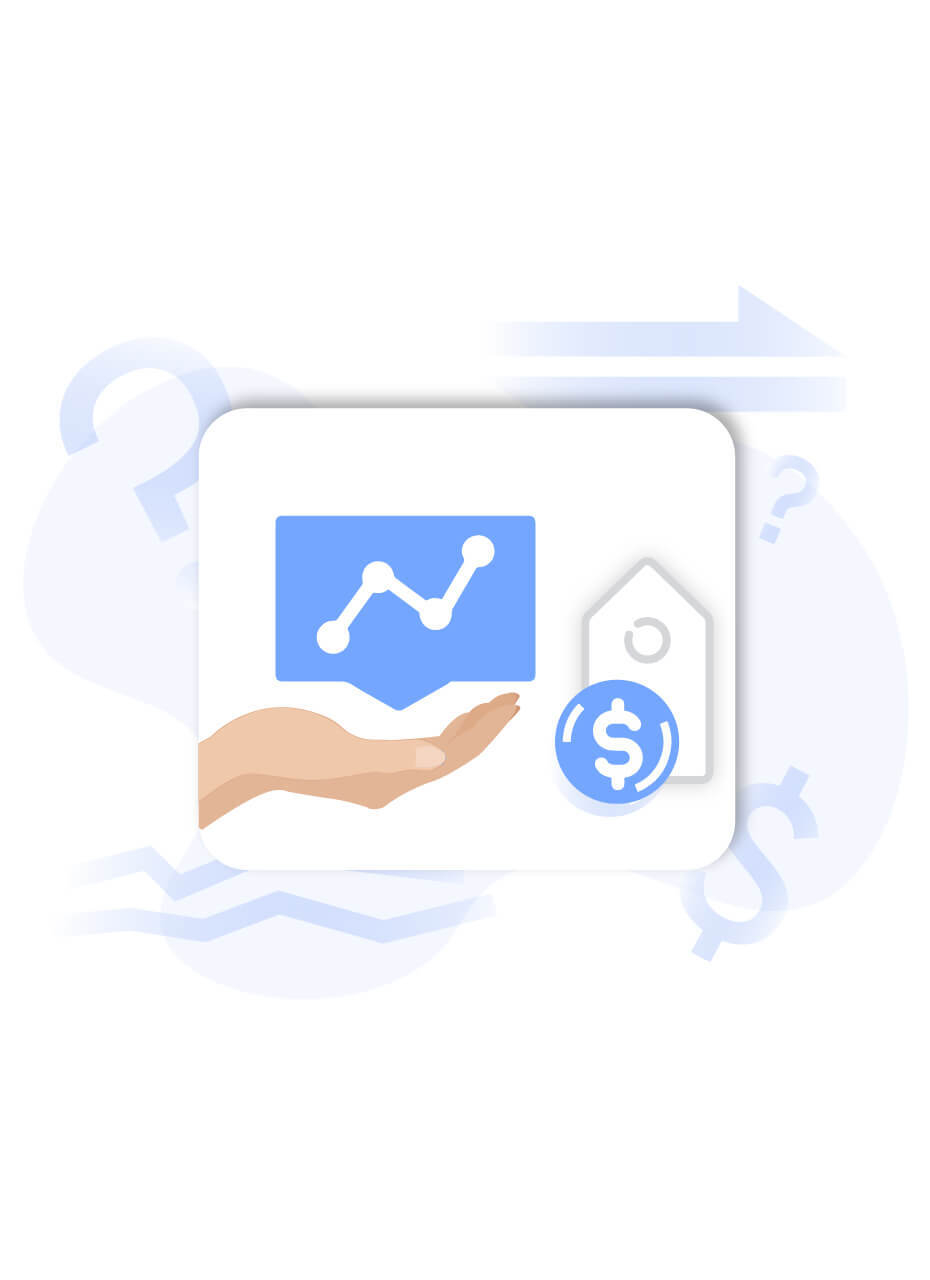
Every business has to face the need of exchanging one currency for another if they accept international money transfers. A lot of times, the exchange does not happen via the conventional banking system. If you own startups or SMEs, you will have to travel to multiple places abroad for business purposes. At times, you might be stuck at a place and need to exchange your currency for another one through the open market.
Now, this very exchange is called spot exchange, and the rate you get for your own currency is the spot exchange rate. So say if you get 1 euro for $1.5 at a given time, then the spot exchange rate of 1 Euros is $1.5 at the moment. The changes in this rate depend totally upon some open market factors. If you own a business or manage startups or SMEs, spot exchange rate is a must know topic for you. So, let’s dive into the topic and understand what it means for the international market.
What Is Spot Exchange Rate?
The trading market for international money transfers runs on forward rates and spot exchange rates. In general, the spot exchange rates are governed by the international corporations, hedge funds, governments and other entities with lump sum amounts. Spot exchange rate is therefore the currency rate at which you can exchange your currency for another one in an open market. Here, the open market means any entity that is agreeing to exchange your currency for the native currency.
The currency exchange market is a relatively large market since trillions of dollars worth of money gets exchanged every day. Some of the currencies that hold a superiority in the spot exchange market are the US dollar, Canadian dollar, Japanese yen, and euros. Most of the foreign currency exchange is done over short term investments, long term investments, or the import-export financings.

How Does It Work?
Whenever a product is traded off on spot for a currency non native to the one it is originally sold in, a spot exchange sequence is triggered. The exchange of a domestic currency with the foreign currency facilitates the trading of the goods within different regions. So how does spot exchange work and what decides the spot exchange rate?
Well, usually the spot exchange is regulated by the global foreign exchange market. This means that if you have a product or hold your native currency, you can exchange it with someone else having the currency you require. The spot exchange rate is however decided by the forex markets where the rates are usually floated under the influence of MNCs and even the governments. Usually, spot exchange is settled over cash delivery where both the parties agree at a rate and the date of transaction. The overall settlement takes place in less than two days.
Spot Exchange Rate vs. Forward Rate
When you learn about a new concept, you also have to learn about the terms that lie in the same domain. Forward rate is also a financial term that not a lot of people understand. Similar to the spot exchange rate, forward rate is the rate at which a commodity or currency is exchanged for another one. Entities often use forward rates for exchange transactions. But the difference between the spot exchange rate and the forward rate is the yield over the asset.
In the spot exchange market, you will be liable to exchange the commodity or the currency on spot for the value which is decided for the transaction. On the other hand, if you take the example of a bond market, the prices are decided after taking into consideration the percentage yield over the bonds after a certain time. This means that the forward rates are the settlement costs that are to be cleared on a future date. In a spot exchange market, the spot exchange rate is the effective cost of a currency, stock or any commodity that is to be settled on the same day.
Spot Market Trading
Source / Spot Trading Market
Now that you have the knowledge of the basic concepts, you should also get to know how the spot exchange rates are decided. Usually, a spot trading market influences the spot exchange rate. The methods through which spot market trading works are:
· Direct Execution:
It is the most basic form of spot exchange where two parties come together and decide a rate for exchange on their own. There is no influence of a third party and the exchange takes place mostly through telecommunication.
· Electronic Broking Systems:
There are efficient broking systems like the Reuters Matching 3000, which match the orders from across the world and provide efficient spot exchange rates to the customers.
· Electronic Trading System:
A lot of times investors tend to trade using a multi bank trading system. So, the banks and other financial institutions have facilitated computer programs that help the traders. Such a system is called an electronic trading system where the live market rates are floated for the traders.
· Inter-Dealer Voice Broker:
This is the last kind of spot market trading method. This kind of spot trading is done over the telephone or any telecommunication device. The broker works to settle one price for the parties to agree on and facilitates the trade.
Conclusion
We do hope this article clarifies the concept of spot exchange rates to you, when international money transfers are concerned. To facilitate electronic trading, neobanks like Salt have now set up faster transaction systems which incur lesser costs as well.
Want to read up more on the world of finance? The Salt blog is just the place for you!


